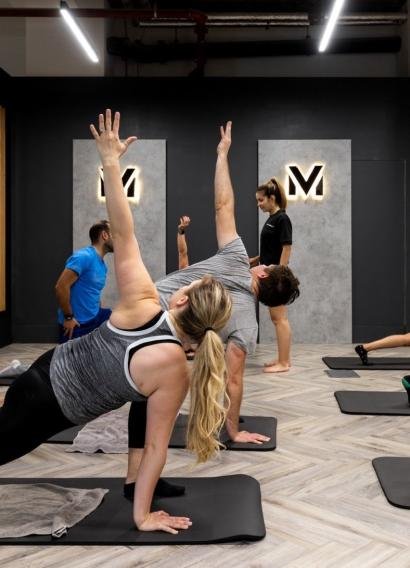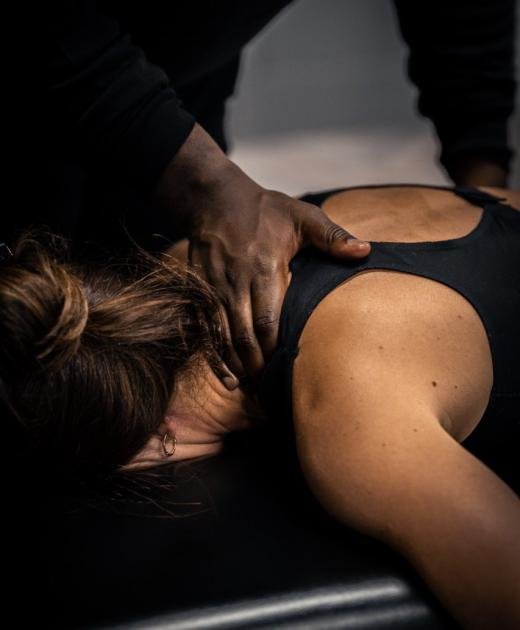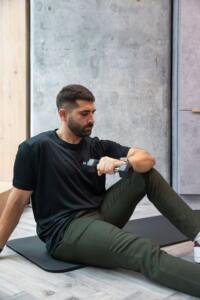Causes of shoulder pain
Shoulder pain is often caused by repetitive strain or overuse, which can stem from poor posture, muscle imbalances, or improper movement patterns. Factors like weak rotator cuff muscles, tight chest muscles, or overexertion during activities can increase stress on the shoulder joint, leading to inflammation and discomfort. Conditions like tendonitis, bursitis, or arthritis can also contribute to chronic shoulder pain. Rest, strengthening exercises, and stretching can help alleviate symptoms and aid recovery.

Symptoms of shoulder pain
Shoulder pain typically presents as discomfort in the front, back, or top of the shoulder, especially noticeable during activities like lifting, reaching, or throwing. You might experience stiffness, a reduced range of motion, or sharp pain when trying to move your arm. In some cases, there may be swelling or a feeling of instability in the joint. The pain often worsens with repetitive overhead movements or after extended periods of inactivity.


Treatment of shoulder pain
Treatment for shoulder pain often involves rest and avoiding activities that exacerbate the discomfort. Applying ice to the affected area can help reduce inflammation, while over-the-counter pain relievers, such as ibuprofen, can alleviate pain. Strengthening exercises focused on the rotator cuff and shoulder stabilizers are essential for improving shoulder function. Stretching tight muscles around the shoulder, such as the chest and back muscles, can relieve tension. Good posture and ergonomic support during activities can also reduce strain on the shoulder.
Exercises to relieve shoulder pain
Incorporating targeted exercises can help alleviate shoulder pain and improve overall shoulder mobility and strength. Key exercises include:
Y raise
Lie on your stomach, face down with your arms overhead, elbows bent and thumbs pointing upward. Lift your elbows and hands off the surface while pulling your shoulder blades together. Let your elbows down and repeat.
01

02

External Shoulder rotation
Sit down in a 45° angle with one foot flat on the bench and the other flat on the floor.
Support the elbow on the inside portion of the knee (the knee should be slightly lower than the shoulder). Keep the back straight and use the free hand for support on the bench. Look directly ahead and rotate the arm down without moving the elbow or the knee. Keep the elbow flexed at 90° and the shoulder stable.
01

02

Spinal Flexion Mobility
Stand by a wall with both hands on the back of the chair. Backup a few steps and lower your upper body by bending forward until you feel a stretch in front of your shoulder.
Maintain the position.
01

02

